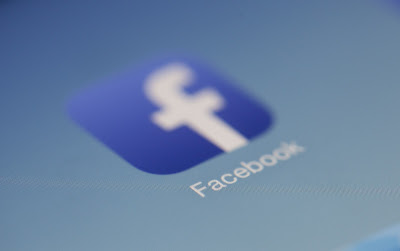Still easy to get Ncell's data and voice packs
Ncell customers can now easily access digital wallets and data and voice packs directly from Ncell's official retailers. For this, Ncell Pvt. Ltd. has partnered with three different mobile wallets and also provided the facility to sell packs to its retailers.
Ncell has partnered with Khalti, Prabhu-Pay and Uni-Pay to increase the use of digital wallets to pay for various services and facilities online. Users of these wallets can now easily purchase various data and voice packs from Ncell as required.
Ncell has further facilitated the process of purchasing services as per its commitment to provide world-class services to customers and contribute to the development of the country's digital ecosystem. In the initial stage, the customer can activate 6 different data packs and 6 voice packs through these wallets or from the bank account connected to the wallet.
‘Ncell is always striving to come up with appropriate solutions to address the needs of customers who are becoming accustomed to digital technology. In collaboration with Digital Wallets, our data and voice services have made a dozen packs available directly to our customers, ”said Pradip Srivastava, Ncell's Chief Commercial Officer. This is a great facility for our customers. '
Customers will be able to buy packs directly through retailers as per their requirement without having to go through the process of recharging the main balance on their mobiles first. Customers can pick up packs on their mobiles as needed from the nearest retailer. In this process, the retailer sends the pack's code and the customer's mobile number to Ncell via SMS or USSD as per the customer's request and the selected pack is activated directly to the respective customer's number.
Customers can pay only Rs. Including tax through Ncell's official retailers, Khalti, Prabhu-Pay and Uni-Pay. Can buy 2,100 MB of data at 98.99. The customer can use this data at the rate of 300 MB per day for 7 days. Similarly, only Rs. 15,000 MB can be taken at 498.83. In this pack, customers get 500 MB of data daily for 30 days.
Customers who need data services a little more can get 36,000 MB through these channels at Rs. 998.97 including tax. Under this pack, customers get 1200 MB daily for 30 days. Even if the data volume available under the pack is exhausted, the amount will not be deducted from the main balance for the duration of the pack.
Former Google employee fined 180 million
A former Google employee has been fined heavily for leaking confidential business information.
A San Francisco court has fined former Google employee Anthony Lewandowski 179 million. According to the order, Lewandowski will have to pay the amount to Google as compensation.
After leaving Google, Lewandowski and his colleague Lior Ron founded an auto company called Otto. Prior to that, he worked for VEMO, Google's automotive department.
Founded by those former Google employees, the company was founded as a competitor to Google, which focused on producing automatic trucks. Eventually, Google had to buy the new company they founded.
Google has accused the two men of breaking their agreement with Google and entering into unhealthy competition. Google claims that they have misused Google's business confidential information.
But Ron paid a small amount to settle the dispute with Google. But Lewandowski denied Google's allegations and was embroiled in a legal battle. Finally, the court has imposed a fine of Rs 179 million on him.
But Lewandowski has filed for bankruptcy, saying he can't afford to pay that much.
Stating that his total wealth is only 100 million dollars at most, he said that he could not pay the fine of 179 million. Agency


















